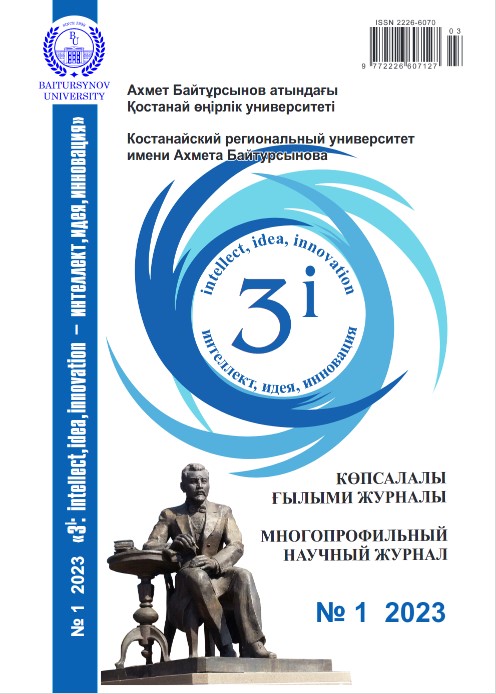INVESTIGATION OF THE EFFECT OF WALNUT SHELL PROCESSING METHODS ON THE RELEASE OF ANTIOXIDANT SUBSTANCES
DOI:
https://doi.org/10.52269/22266070_2023_1_201Keywords:
concentration, extract, extraction, extragent, size,, walnut shellAbstract
The article presents the results of studies of the effect of processing methods on the output of antioxidant substances from walnut shells. Technological processes and modes of extract production are substantiated. At the same time, the size of the crushed shell, the extraction time and the concentration of the solvent were investigated.
Most of the nuts are shells and husks, low-value by-products rich in phenolic compounds. At the same time, the shell obtained at the stage of cleaning the cores, as a rule, is usually disposed of by incineration. Whereas such an organization of production is possible, in which the shell will be concentrated and processed for the release of valuable biologically active substances, on the basis of which new domestic drugs of various therapeutic and preventive actions can be developed. Phenolic compounds extracted from walnut shells are potentially good natural sources of antioxidants for the food industry and have numerous health benefits. Walnuts have a greater antioxidant capacity than any other nut, since the shell is mainly composed of lignin, a strong source of phenols. Studies show that lignin characterizes the strength level of the shell, and by its chemical composition is a source of antioxidants. Because of this special quality, it is very important to split and loosen the dense structure so that the solvent penetrates the cell to extract phenolic compounds. Thus, in order to obtain a higher yield of phenolic compounds, the correct method of isolating antioxidant substances is crucial.




